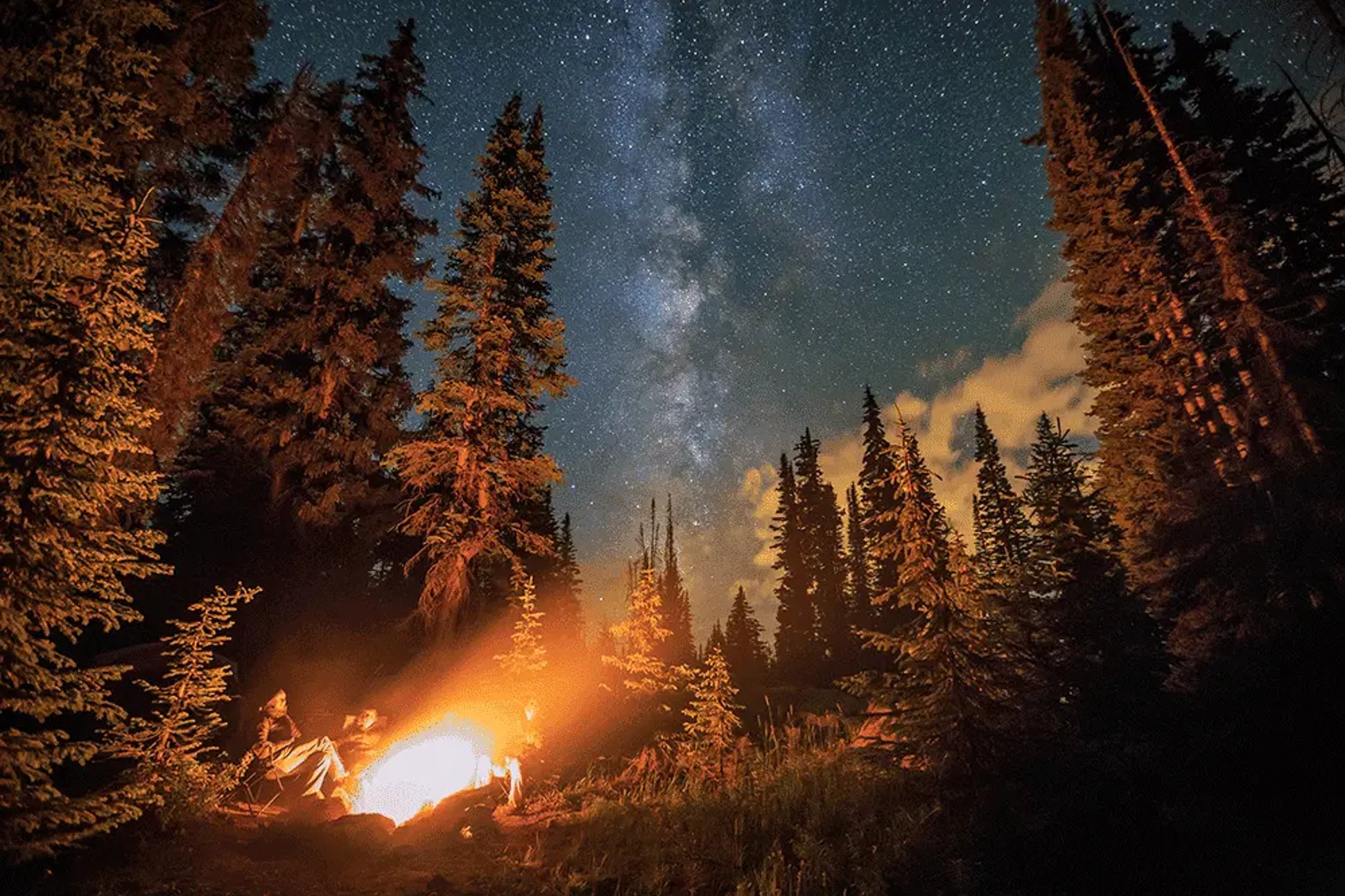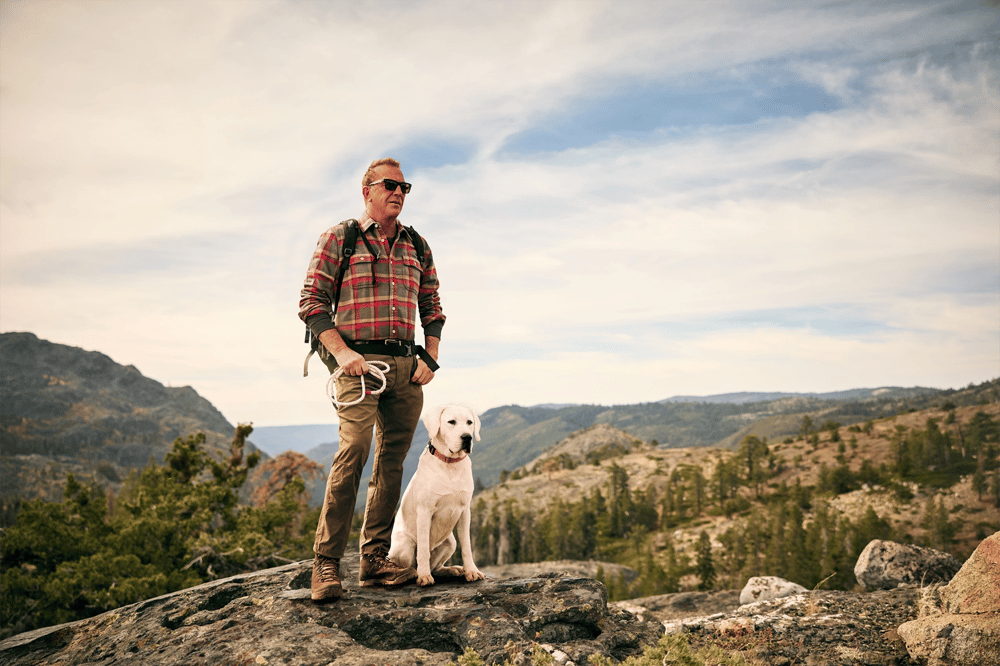Like a bird-dog puppy, we are learning all the time. But unlike that cuddly ball of fluff, most of us quickly figure out where to pee, and it’s not on the carpet. That’s one lesson in a never-ending chain of enlightenment that only ends when we depart this earthly realm.
The smell of wood smoke, crisp air, falling leaves, and hunting season are upon us. What better time to remember a story or find new meaning in the tales our forefathers passed to us at deer camp? They’re full of adventure, danger, mystery … and some might actually be true.
Long before e-books and overnight delivery, storytellers were the Google of ancient tribes and civilizations from Aztec to Greek. Spellbinding stories of monsters and gods explained natural phenomena, guided us in all aspects of life, and bestowed wisdom. Often those tales started with le chasse … the hunt itself. A search for game—food for the tribe—became a metaphor.
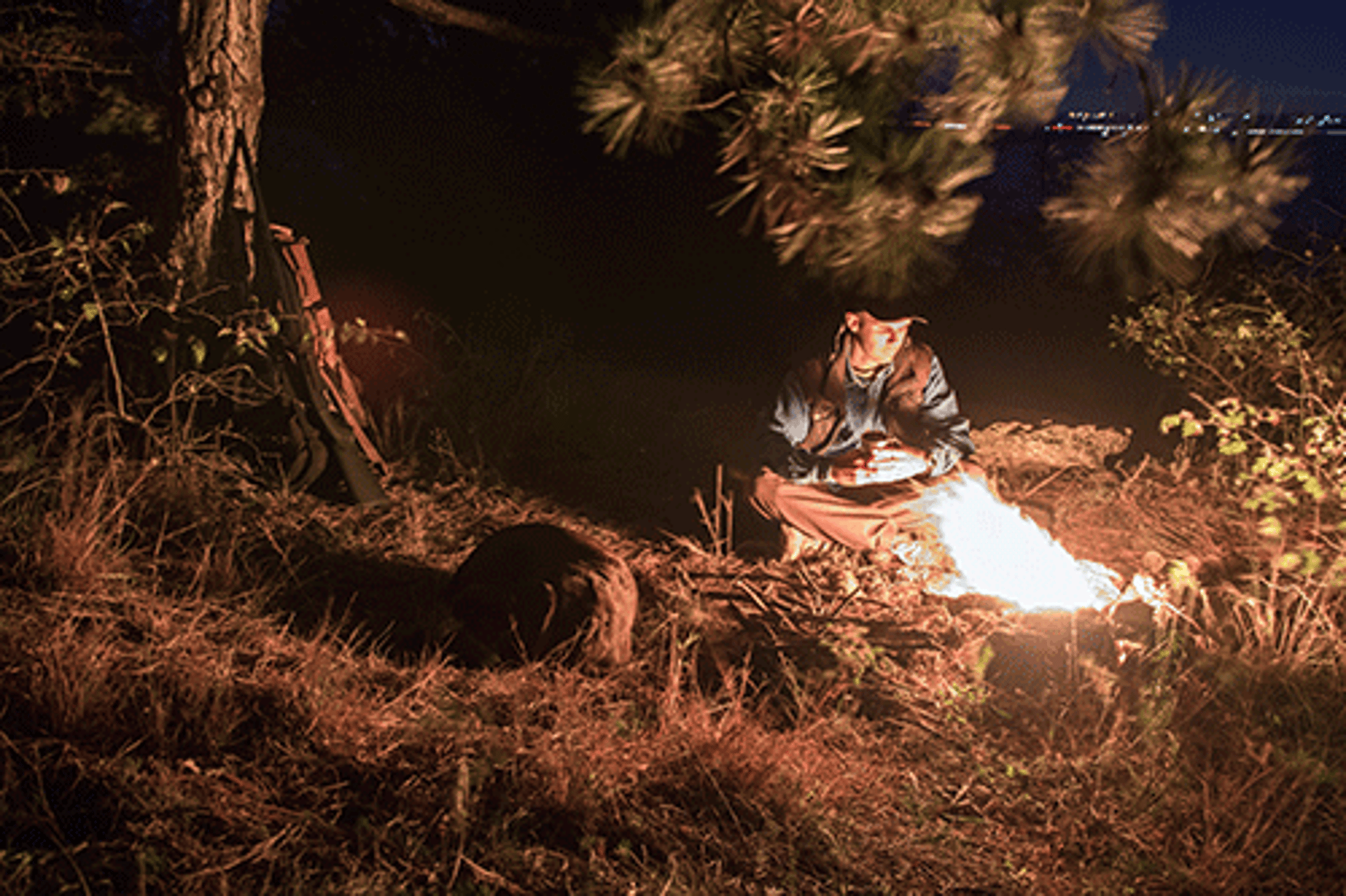
While many modern learning experiences are formal, structured, and obvious, it hasn’t always been so. Myths and legends have been a part of humanity since before we were “civilized.” Shamans and skin-clad cave mothers would plop us in front of the campfire and tell stories, cautionary tales, and amusing adventures. Not just entertainment, they had purpose: avoid getting eaten by cave bears, be nice to others, think long term, find meaning in life.
In the 21st Century, life’s lessons are often passed on by whiskered gurus in duck blinds and crossroads taverns. Those modern-day minstrels are interpreters of natural phenomena, human behavior, and how we should act in the wild and the civilized world. Whether you shoulder a rifle or not, they are an integral part of our lexicon, so let’s go hunting.
Perhaps the first game warden, Greek goddess Artemis taught us respect for animals and conservation. She punished those who killed needlessly or hunted sacred and endangered animals. She was judge, jury, and executioner, and some of her lessons were particularly harsh. In one vivid example, the mythical hunter Actaeon was transformed into a deer after he spied on Artemis skinny dipping. His own hunting dogs took him to pieces for the ungentlemanly conduct. I can imagine many teenage Greek boys thought twice about sneaking down to the creek on bath night!
Contemporary bird hunters and bird watchers who pursue the top-knotted valley quail may have wondered why among all of their quail-y cousins they are the only ones to roost in trees at night. Biology lesson or a twist on “Thou shalt not steal,” some native tribes blame it on the coyote … likely a cousin not quite so crafty as his cartoon counterpart. When the Earth was young, and animals could talk, a covey of starving quail stole and ate part of a sleeping coyote. When he woke and discovered he was missing a piece, he chased them into a tree. Ever since, he’s haunted the ground beneath their roost from dusk to dawn in search of revenge.
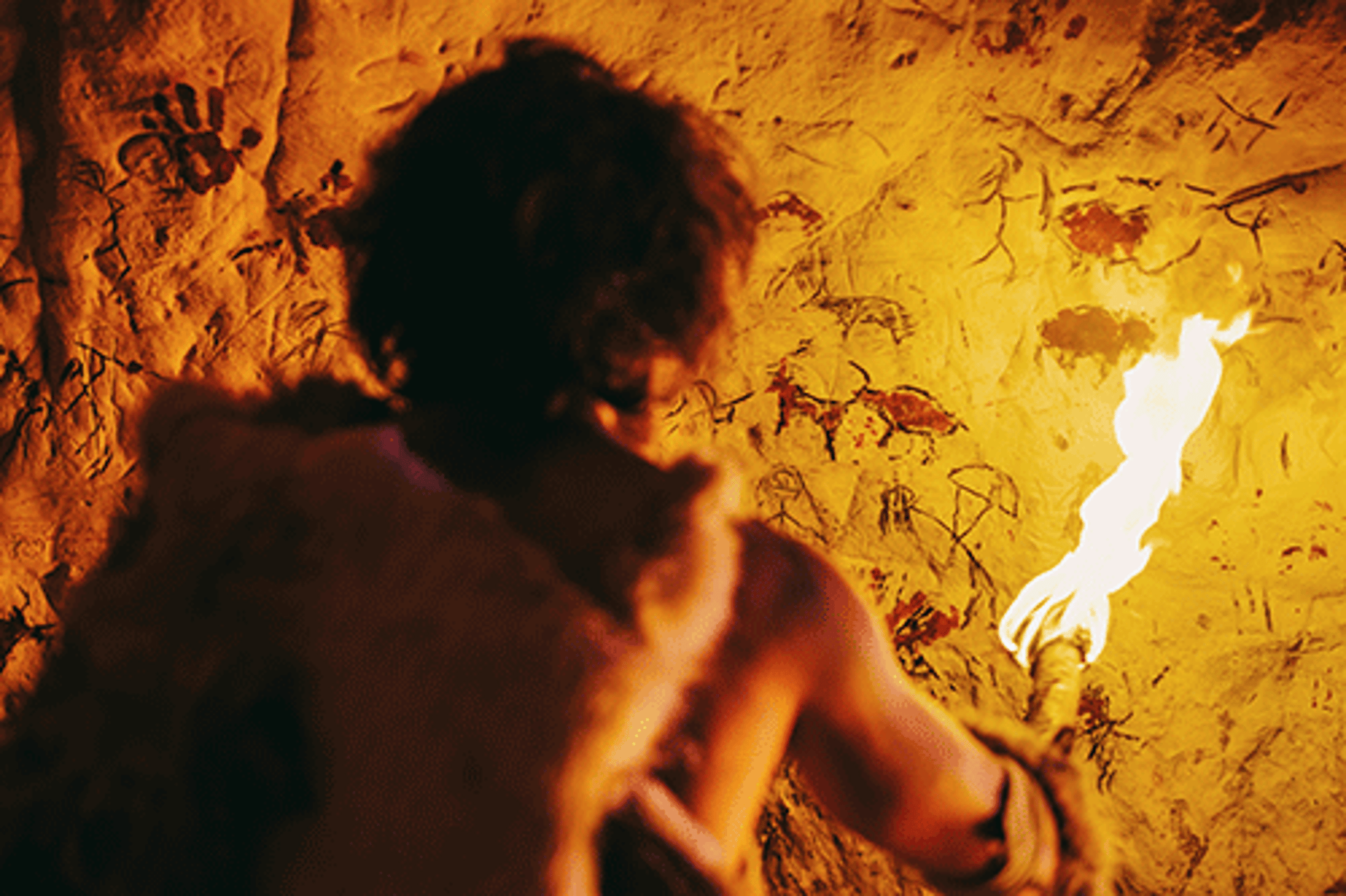
Not all legends are scribed in stone by ancient philosophers. Some are handed down to us at deer camp or other fall gatherings. There’s a modern Midwestern tale of a ghost-like apparition clad in a green plaid coat who appears after a successful shot, thanking the hunter. It gets creepy from there, with the apparition taking the deer and fading like mist into the dank forest. Sounds like a perfect excuse for a missed shot.
You may not know his name, but you’d recognize Kokopelli, the flute-playing character seen in rock art and kitschy souvenirs at gift shops anywhere there is a Native American vibe. Closely associated with hunting, this fun-seeker oversees the um, amorous behavior of wildlife ensuring plentiful game to hunt. Turns out many archaeologists believe that “flute” may actually be a blowgun or spear. Was he the first hunter to use subterfuge, now manifest in camouflage, calls, and fancy duck blinds?
But it’s not just fellow hunters and their chroniclers who tell tall tales. I wonder if this story was first conjured by spouses tired of sitting home alone during hunting season? The chilling “Wild Hunt” features in virtually all ancient European cultures from Celts to Vikings. It takes place on eerie moonless nights, usually accompanied by shrieking wind and unearthly cries.
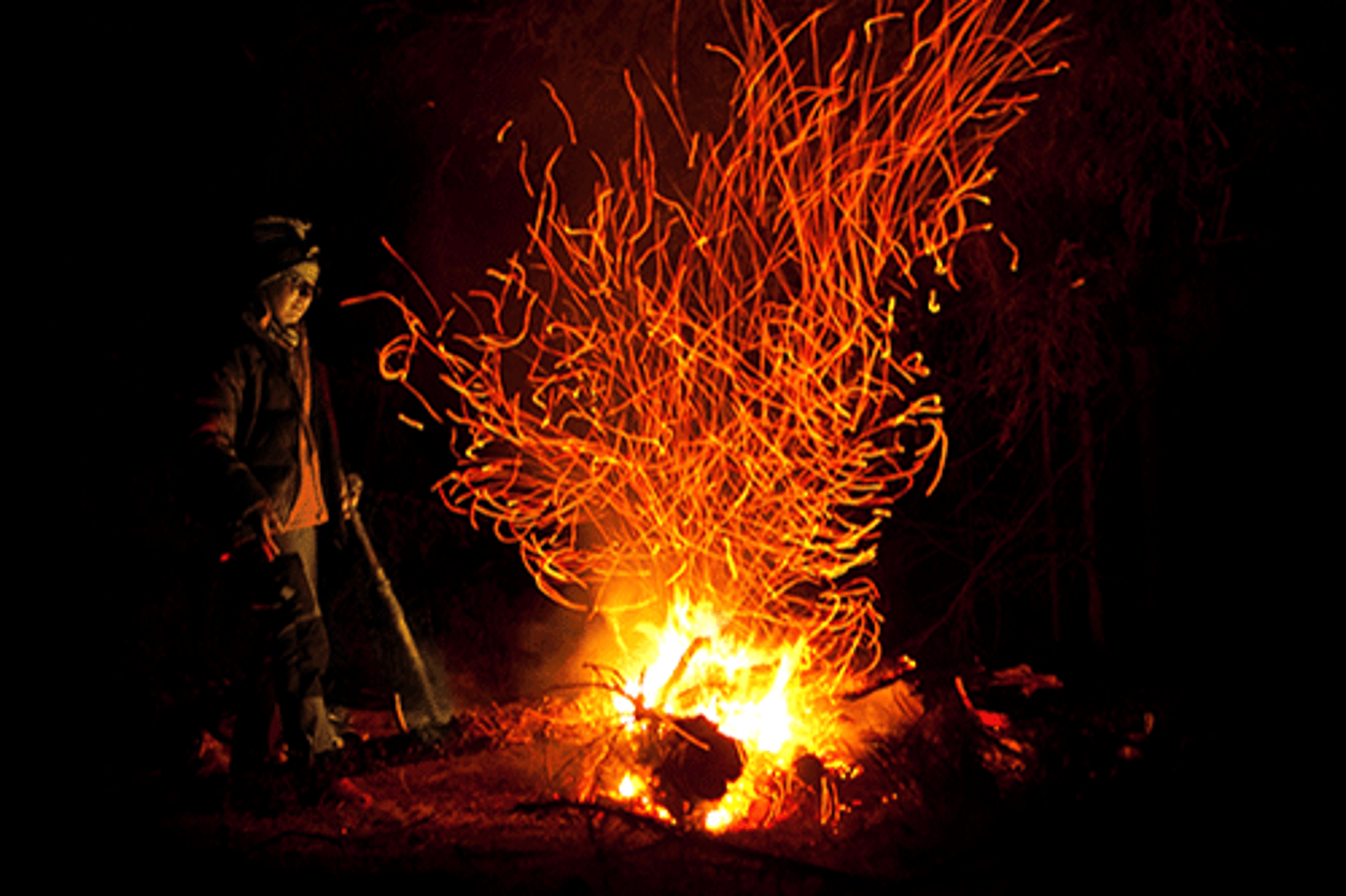
In most chilling eyewitness accounts, a ghostly cadre of horsemen pursues unattainable prey accompanied by baying black-coated hounds with fiery eyes. Some unwitting observers choose the dark side, joining in the haunted hunt and forsaking home and hearth. Little do they know they’ve signed on to a hellish, eternal quest for a trophy they’ll never find. Those upright citizens who look away from the horde are rewarded with the medieval equivalent of recliner, cocktail, and slippers proffered by a loving wife upon their timely return to their thatch-roofed hovel.
The fall skies are full of hunting fables from bears to bows-and-arrows. The axiom “don’t brag on your hunting dog until he’s dead” probably saw its genesis in this one: a mythological character boasted he could hunt better than any god. Gaia, the original Earth Mother, objected to his lack of humility and sicced her favorite giant scorpion on the braggart with fatal results. Ever since, the glimmering night sky portrays the poor guy’s hard-earned lesson when we gaze at the constellation bearing his name, Orion.
Conservation is a recurring theme … which makes sense, as primitive peoples had to think long range or starve. Here’s one tutorial: in medieval Ireland, Finn Mac Cumhail led a band of hunters and hounds through a dark and mysterious forest, where they cornered a beautiful (and bewitched) deer. The dogs refused to attack, so Finn took the deer to his homeland where she regained her true form as the beautiful human maiden, Sadhbh and wedding bells soon rang. A happy ending for a failed hunt?

Poaching, hunting out of season, pursuit of sacred animals … all are taboo to this day, punishable by law and the scorn of true hunters. Bet you didn’t know that lesson was told by author C.S. Lewis. Some kings and queens of his mythical kingdom Narnia hunted the sacred white stag with such single-minded ferocity they swept past the magical lamp post, crashed through the brush, and tumbled out the earthly side of the wardrobe made famous in Lewis’ book The Lion, the Witch and the Wardrobe. Transformed to mere mortals, they languished in humans’ realm for eternity.
These days they may be statutes or common courtesy, but many of our paradigms of fall and hunting, righteousness, nature, wildlife, and outdoor adventure are steeped in myth. These parables bathed in the glow of campfire survive because they still have value to every hunter and conservationist, wildlife watcher, and lover of nature.
And that’s a lesson we can all appreciate.
For some ghost stories, click here.
